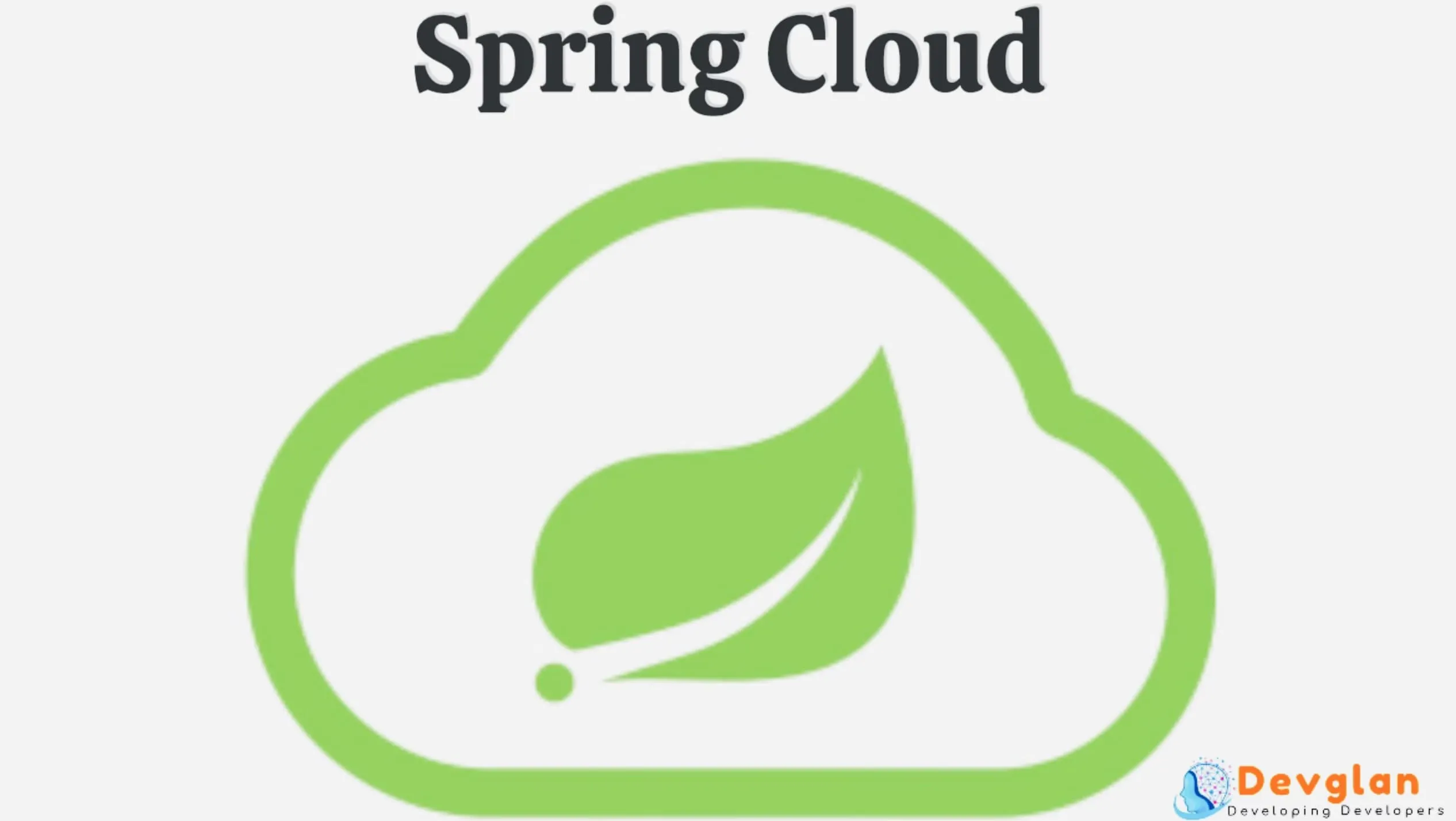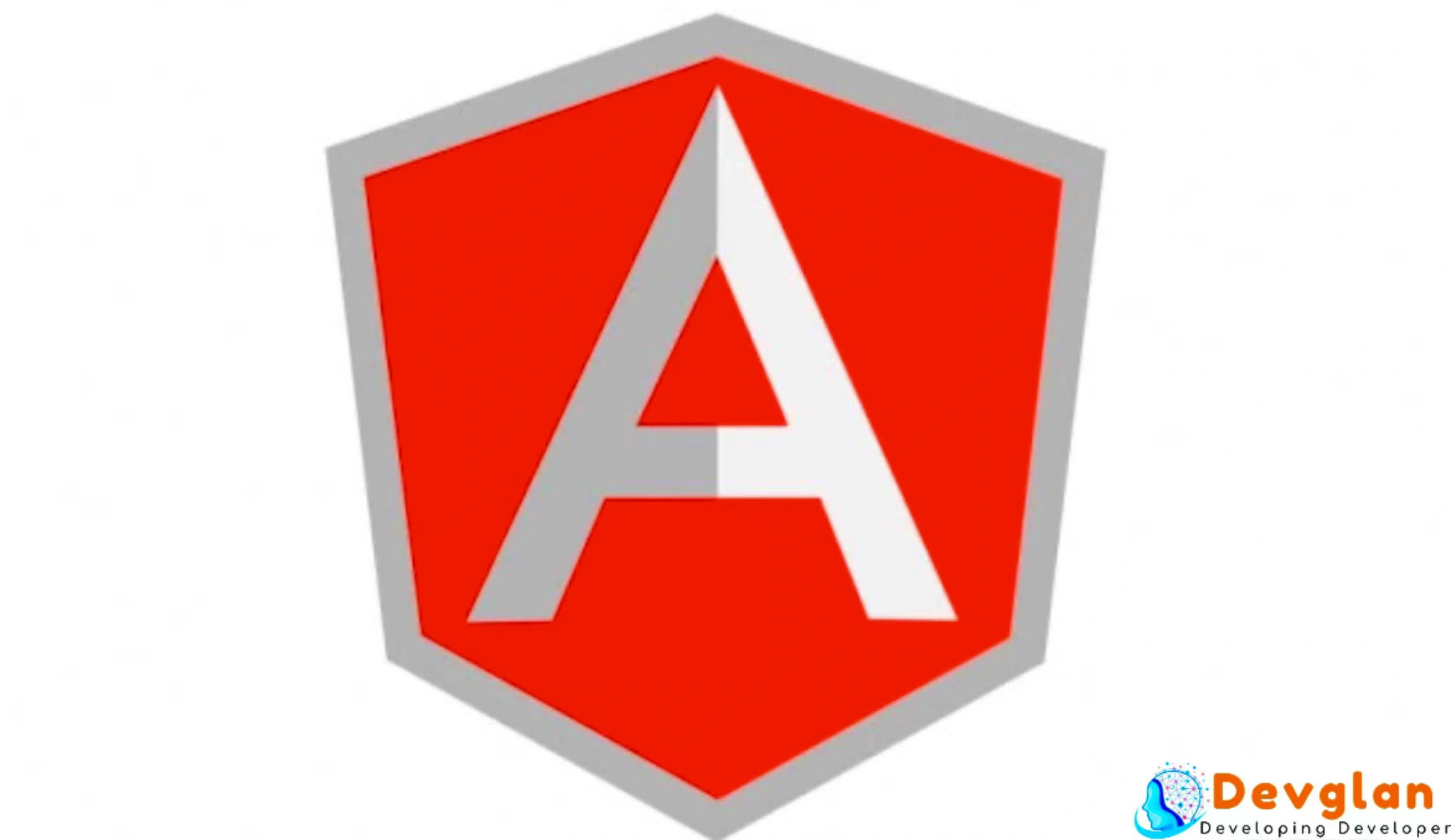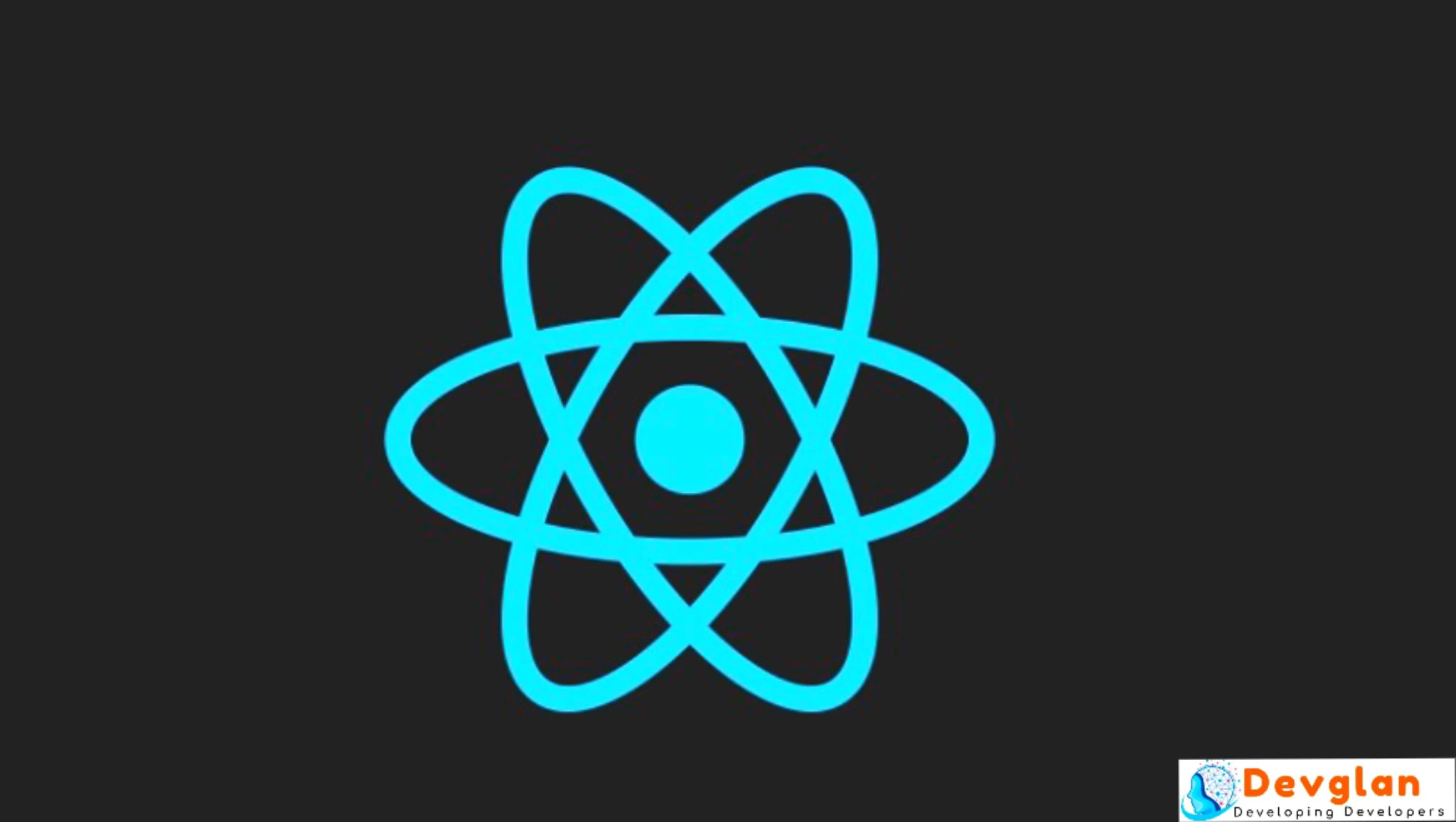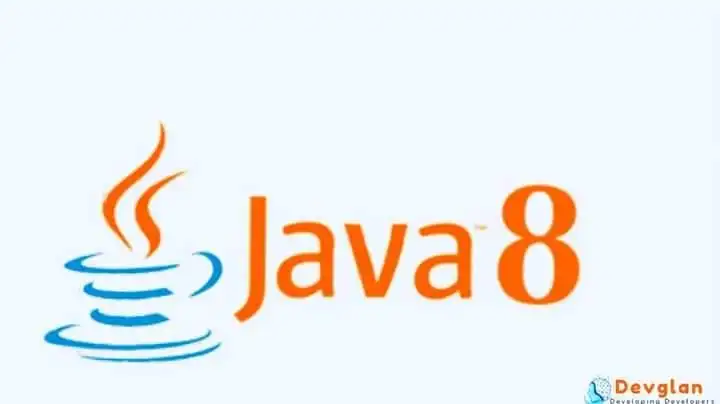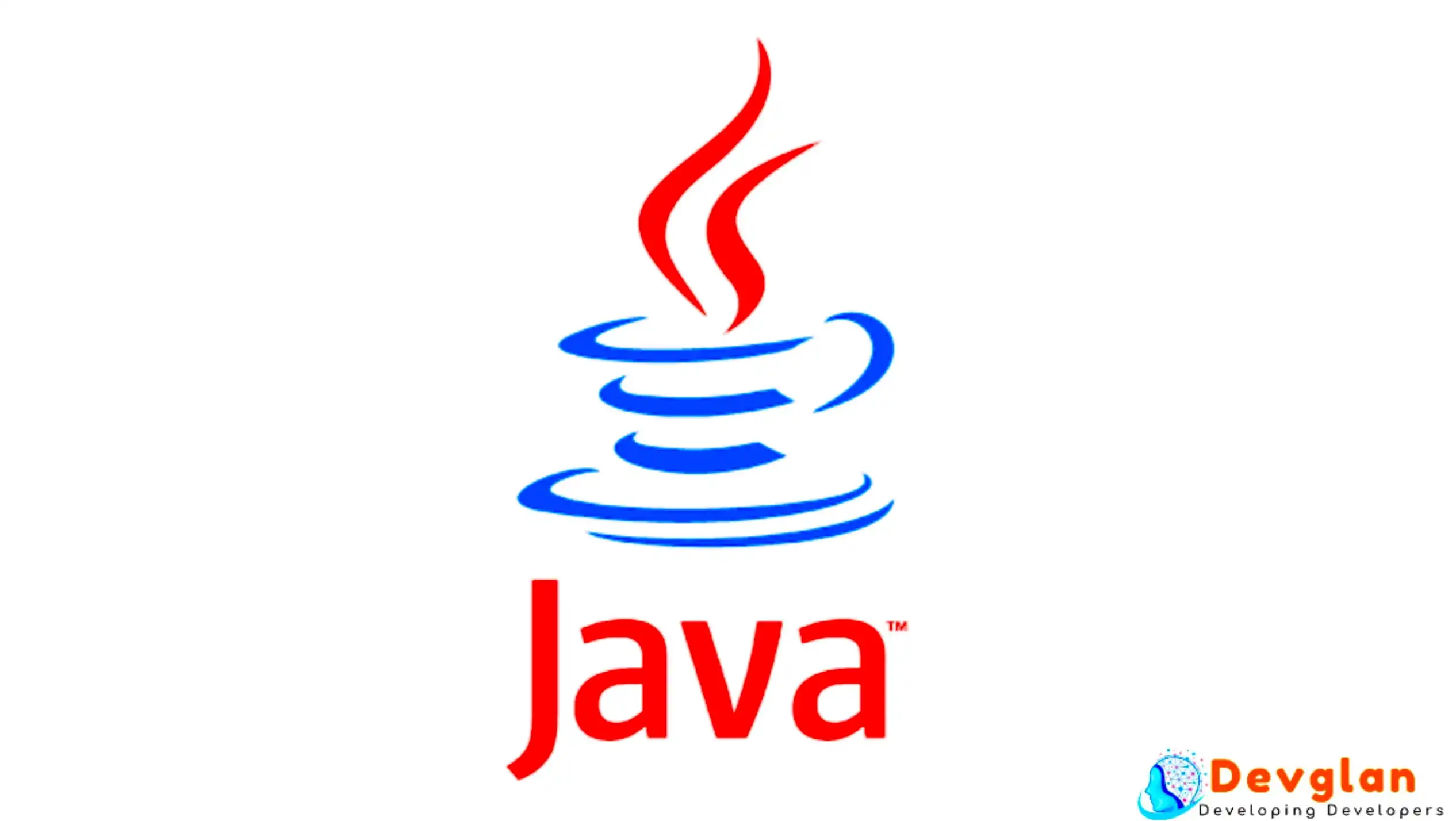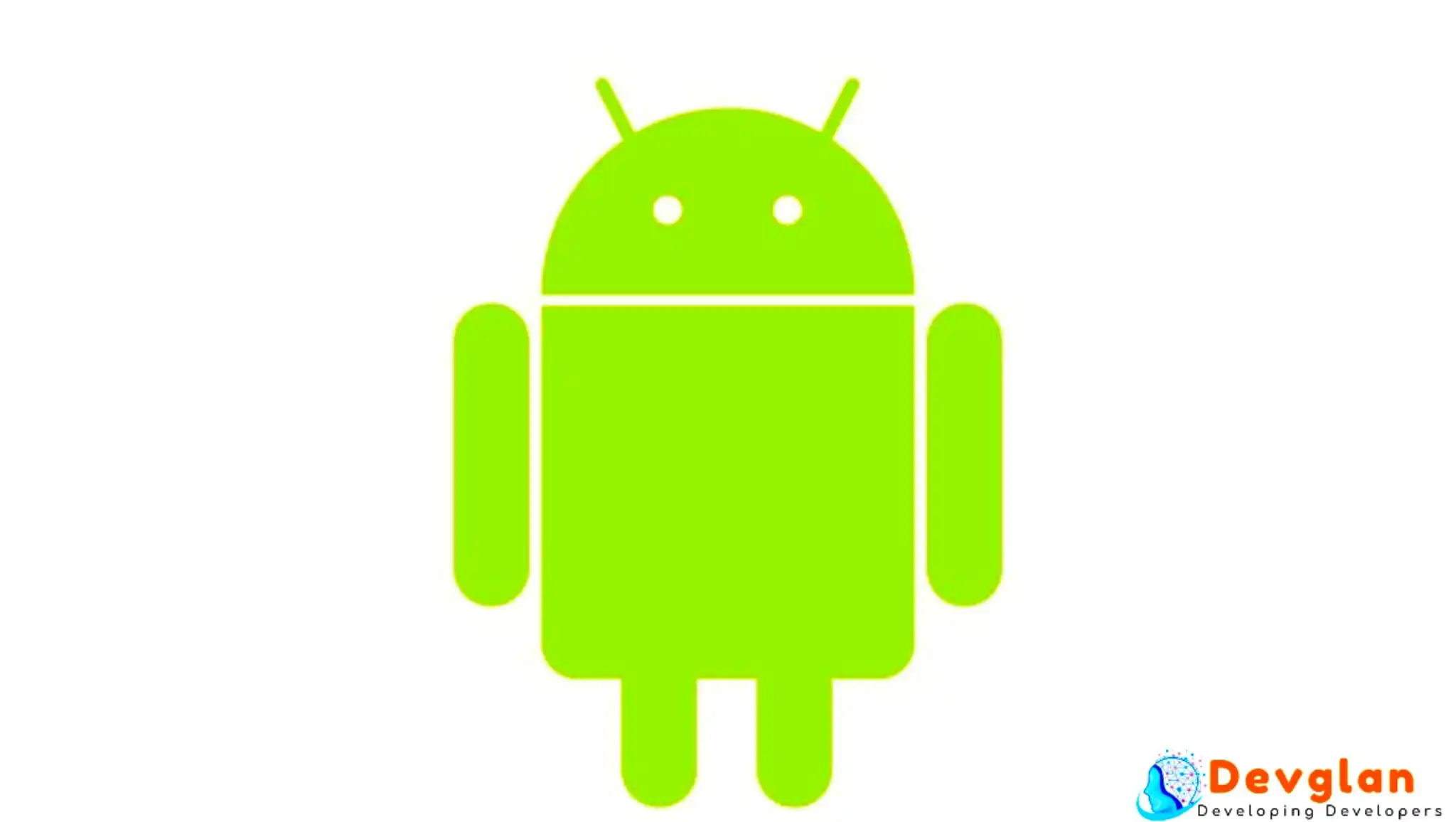Qt is used to build user interfaces in embedded systems, from patient monitors to automotive infotainment and digital instrument clusters. But embedded medical and automotive devices operate under unique constraints and high stakes. Users (and regulators) expect responsive, reliable interfaces despite limited hardware resources.
This article reviews common performance challenges in embedded environments and provides high-level best practices for improving UI responsiveness, reducing memory footprint and maximizing efficiency with Qt (covering both QWidget-based UIs and QML/Qt Quick). We also discuss how to minimize startup time and latency, align software with hardware capabilities and address security and stability considerations important in regulated industries.
Performance Challenges in Embedded Environments
Embedded medical and automotive systems present a unique mix of constraints:
-
Hardware limitations: Embedded CPUs and GPUs are less powerful than desktop-class systems and RAM is capped.
-
Strict real-time and startup requirements: Devices must respond quickly — whether it’s a vital signs monitor or an automotive dashboard.
-
Graphically rich expectations: High-resolution displays, animations and smooth interactions are the norm.
-
Safety and reliability constraints: Freezes or crashes are unacceptable in safety-critical applications. Developers must also conform to standards like IEC 62304 and ISO 26262.
These require a careful balance — using Qt’s advanced UI features while respecting the limitations of embedded hardware.
Keeping the UI Responsive
A responsive UI is key to user experience — especially when stakes are high. The principle is simple: never block the main (GUI) thread.
One of the most important steps is offloading work. CPU intensive operations like data parsing, network access or device communication must be done in background threads or through asynchronous mechanisms. Qt provides tools like QtConcurrent and signals/slots to safely return results to the UI.
When using Qt Quick, developers should keep the QML layer light. Avoid complex JavaScript logic or deeply nested bindings in UI code. Computational work should live in C++ — called from QML via context properties or Q_INVOKABLE methods.
For QWidget-based UIs, unnecessary redraws can kill performance. Be careful with update() and custom painting using QPainter. Cache what you can and avoid redrawing static elements unless they change.
If using Qt Quick, enable the threaded render loop (QSG_RENDER_LOOP=threaded) to offload rendering from the GUI thread assuming the hardware supports it. This can make a big difference in smoothness.## Managing Memory in Constrained Environments
Memory is often the most limited resource in embedded systems development. Memory management is therefore crucial — both to stay within system limits and to ensure long-term stability. Fragmentation, bloat and leaks are not just annoyances in this context; they can cause application crashes and certification failures.
One approach is to load UI components lazily. Don’t create complex dialogs or views until the user actually needs them. In Qt, this can be done by instantiating widgets or QML components on demand and keeping them in memory for reuse rather than creating and destroying them repeatedly. This trades a small increase in memory for big gains in responsiveness and CPU efficiency.
The Qt Resource System can also help reduce memory pressure. By bundling assets like images, QML files and fonts directly into the executable, you can use memory mapping and eliminate file I/O at runtime. For images use compressed formats like PNG or JPEG for storage but be aware of the decompression cost. In QML the sourceSize property can prevent oversized images from being loaded into memory unnecessarily.
Minimizing dependencies is another key tactic. When building your Qt, include only the modules your application actually uses. Remove unused libraries like Qt WebEngine or Qt SQL to save memory and startup time. Statically linking Qt can further reduce RAM usage and symbol resolution overhead especially in single-application systems.
For large data sets custom data models in C++ offer better memory control than QML’s JavaScript arrays. This is particularly important for list views and table views where large models must be efficient and responsive. Also watch out for object overuse in QML: each QML item corresponds to a C++ object so a cluttered QML scene can consume a lot of memory.
Use tools like Valgrind, AddressSanitizer and LeakSanitizer to validate your memory handling. Leaks that go unnoticed during development can cause critical failures in long-running devices — a big concern in medical applications.
Designing Efficient Application Architecture
Efficiency starts at the architectural level. Every design decision — from object hierarchy to event handling — affects the runtime cost of your application.
First and foremost avoid unnecessary complexity. Deep abstraction layers, excessive object wrappers and intricate UI hierarchies add overhead. Keep your design clean, minimal and focused on function. As one Qt engineer said: elegance in architecture must not come at the cost of runtime efficiency. Next profile early and often. Qt Creator’s built-in profiler, Valgrind’s callgrind and Linux perf can show you hot paths and performance bottlenecks. Optimize where it matters: sort routines, layout calculations, model updates — these are often the biggest performance winners.
Qt’s convenience features — signals/slots, dynamic properties and object trees — are powerful but can be misused. Over-connecting signals (especially the ones fired frequently) can create overhead. Creating and destroying QObject-derived objects in tight loops is expensive. Use pooling or static allocation where possible.
Finally, QML is not meant for heavy lifting. Move performance-critical logic to C++ and use QML only for interface orchestration. Separation of logic and presentation helps to keep the design responsive and modular.
Qt Widgets vs. Qt Quick: Which Tool to Use
Qt has two main UI paradigms — Widgets and Qt Quick — each with its pros and cons. The choice between them should reflect your application’s requirements and hardware capabilities.
Qt Widgets rely on CPU-based rasterization. On embedded systems without GPU or where rendering is low (e.g. a simple settings panel), widgets might be the more efficient choice. They start fast and consume less memory for small, static UIs.
Qt Quick uses a GPU-accelerated scene graph. For modern, animated, touch-friendly interfaces, QML is the way to go — if the device has reliable OpenGL ES support. Qt Quick handles states, transitions and animations much better than widgets and delivers a polished, mobile-like experience that’s hard to match otherwise.
QML applications have higher memory overhead, partly due to the underlying C++ objects for each QML item and the JavaScript engine runtime. In resource-constrained systems this overhead can become a bottleneck — so keep your QML scenes lean, avoid huge lists and use loaders to unload components when not needed.
Hybrid applications — mixing QML and widgets — are possible but generally discouraged due to added complexity and performance costs. Stick to one approach unless there’s a good reason to combine them.
Startup Time and Latency Optimization
For many embedded systems, startup time is a hard requirement. Whether it’s a defibrillator booting to readiness or a car dashboard displaying speed within seconds, application load times must be optimized aggressively.
The best starting point is to minimize work during startup. Don’t initialize all subsystems or screens immediately. Instead, prioritize what the user needs first — show a splash screen or main view quickly and load secondary components in the background. QML’s Loader element is perfect for deferred loading strategies.
Precompiling QML with the Qt Quick Compiler (via qmlcachegen) avoids runtime parsing and reduces startup cost significantly. Combined with bundling QML files into resources, this can reduce cold boot times by hundreds of milliseconds — a big win in automotive and medical contexts.
Static linking of Qt and your application can further reduce load times by eliminating dynamic symbol resolution. Trimming unnecessary plugins (image format handlers, SQL drivers) prevents the loader from wasting time on modules that aren’t used.
Where possible, parallelize initialization. Use additional threads to load configuration data or background services while the GUI is becoming visible. Just be careful not to saturate memory bandwidth or block the main thread during this process.
Software and Hardware Alignment
Performance optimization doesn’t happen in isolation. To maximize efficiency, your application must align with the platform it runs on.
Choose hardware that supports your software’s needs. For Qt Quick, this means a GPU with solid OpenGL ES support and drivers. If GPU resources are limited or unstable, consider a simpler UI approach or software-rendered widgets instead.
Safety, Security and Stability
In medical device software development and automotive contexts, stability and security are non-negotiable. Any performance optimization must be validated thoroughly to ensure it doesn’t compromise safety or violate regulatory standards.
Don’t take shortcuts like disabling error checks or bypassing SSL verification for the sake of speed. In secure systems, cryptographic operations and memory protections must remain in place — even if they come with a performance cost.
Concurrency improvements must be done with care. Threads introduce risk: deadlocks, race conditions and priority inversions can all compromise system behavior. Use static analysis tools, mutex discipline and watchdogs to ensure resilience under stress.
Memory optimizations must never introduce leaks or unpredictable behavior. Run long-duration stress tests to uncover edge cases, especially in systems designed to run for days or weeks. In the end, it’s not just about a fast interface — it’s a fast and safe interface. That means every optimization must be traceable, tested and compatible with your system’s safety certification strategy.
Conclusion
Optimizing Qt application performance in embedded systems is a complex task. It requires thoughtful architecture, efficient use of Qt’s features, profiling and hardware alignment. Just as important, it requires a commitment to security and reliability.
By keeping the UI thread free, managing memory well and choosing the right tool for the job — whether Qt Widgets or QML — you can build applications that are responsive, efficient, safe, robust and compliant with the strict standards of the embedded industries. Whether you’re building a surgical monitor or a digital speedometer, Qt has the tools to help you — as long as you use them wisely.



